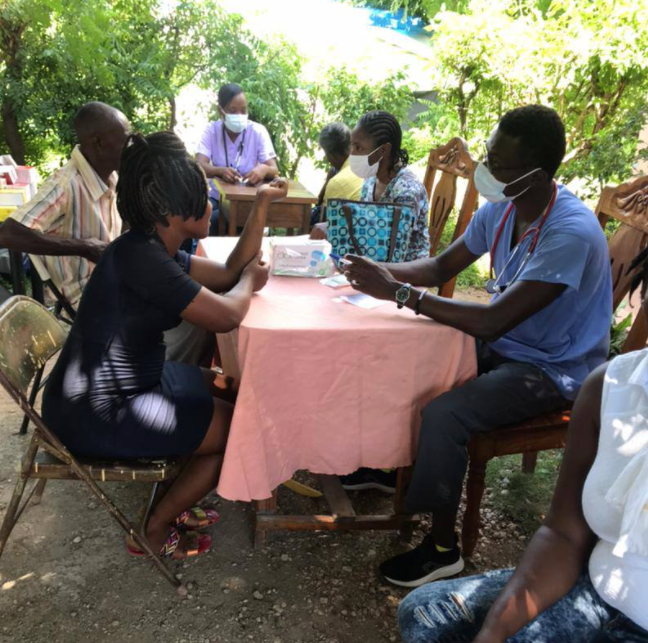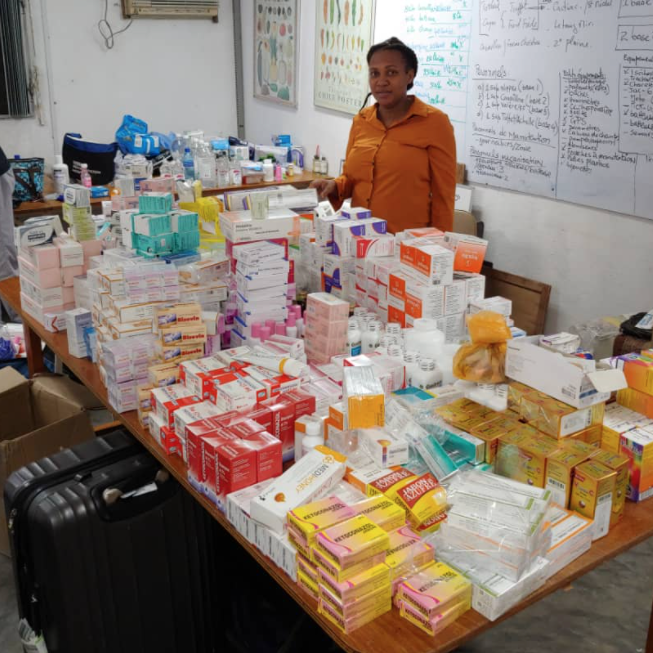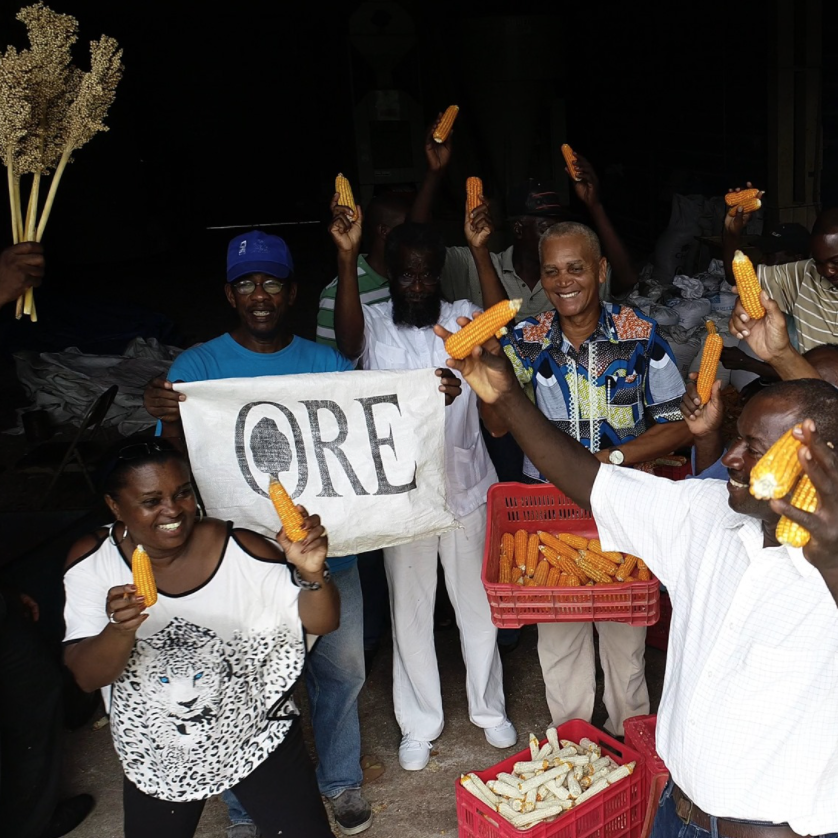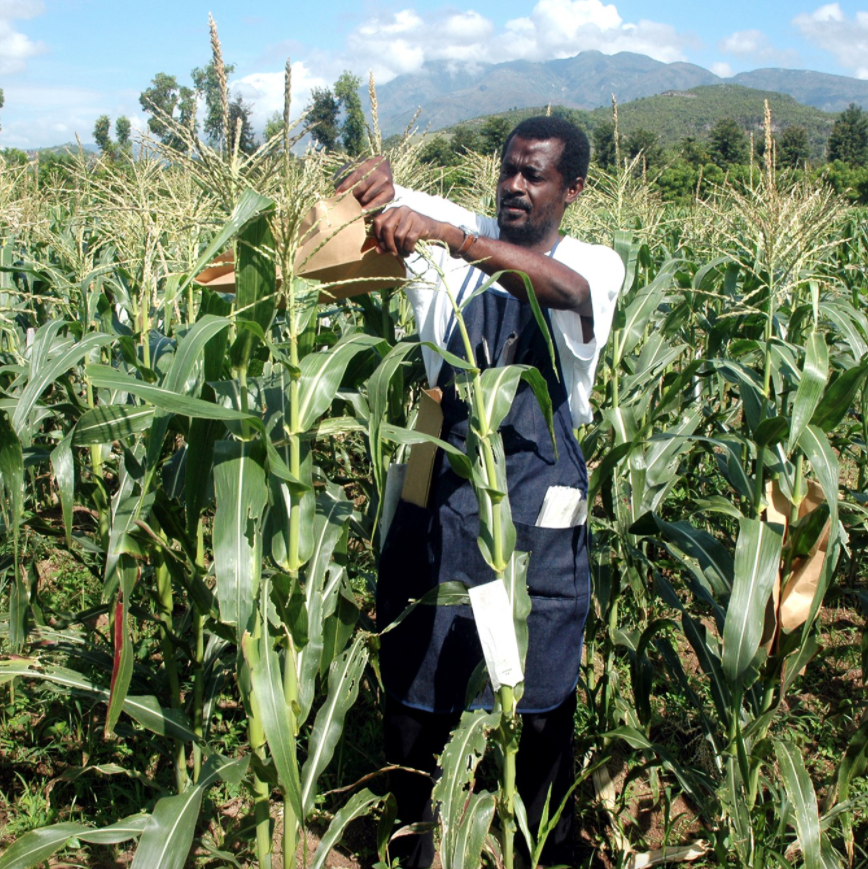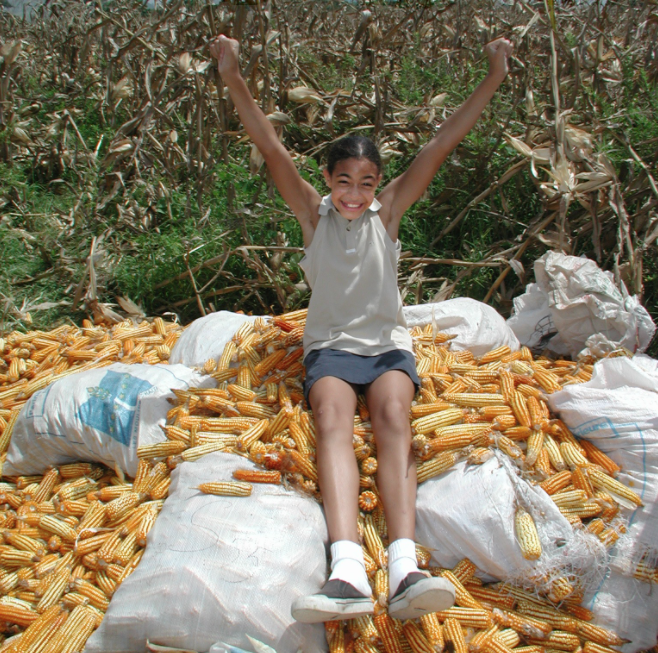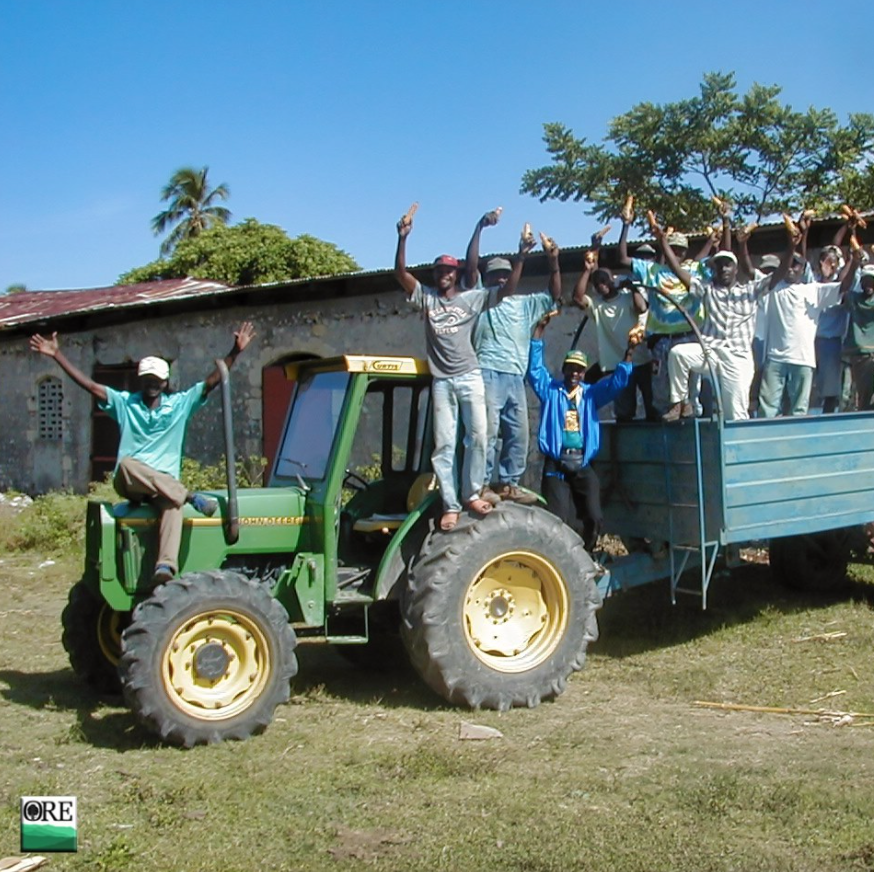ORE’s Earthquake Relief in Haiti
ORE’s Earthquake Relief in Haiti
Earthquake hits of the south of Haiti.
It’s no longer in the news Headlines, but it’s still huge humanitarian crisis for at least a million people: the scale of the damage to homes, personal injuries, loss of life and the hunger amongst the survivors has been unimaginable.
OUR EFFORTS
ORE was initially established as Haitian NGO in 1985 and a year later a a 501(c)(3) Nonprofit Organization was set up as in Florida. As a local organization operating for over 25 years in Haiti, we have been able to gauge the needs of local population and adapt solutions to their way of life.
THE SITUATION IN HAITI
The recent upheavals following the 2010 earthquake have left Haitian farmers poorer than ever. As world events turn our attention towards other crisis areas, important programs that could help the Haitian farmers are often being put on hold. The pressure is on a rural population struggling to find its direction in a bankrupt environment. Opportunities abound, but could permanently fade away if neglected. Haitian farmers are so undercapitalized that without external support they will be unable to create and manage competitive agricultural endeavors. And they have repeatedly demonstrated that given means (the guidance, technical support and necessary agricultural materials) they can and will sustain economic growth based on the production and marketing of improved commercial crops.
WHAT CAN BE DONE?
Given the extreme poverty and the state of the environment our focus is on increasing profitable production of high-revenue fruit trees and cash crops, using improved plant materials and aggressive marketing, in order to replace subsistence farming in a way that promotes the environment. The idea is to create a shift in production, increasing the amount of land used for high-revenue crops; and secondly, to increase the profitability of staple crops, fruits, tree crops and vegetables by improved production and marketing. Profits from successful fruit, vegetable and tuber crop production increase land use for these crops, and by using improved seeds, farmers can produce the same quantity of staple crops – which are an essential element of the Haitian diet – on less land.
Since 1985, ORE has produced well over a million grafted fruit trees in Haiti. By promoting fruits and other commercial tree crops, experience shows that in time communities start to protect their trees because of the attractive revenue they generate. Improved seeds, soil conservation measures, and assistance with production and marketing help farmers replace subsistence farming with commercially successful agriculture.
Increased income from fruit tree crops helps reduce the economic pressure on local ecosystems. In regions where the program has been able to create concentrated regional fruit production, farmers are beginning to look on orchards of mangos, avocados and citrus as investment opportunities. The ecological impact is clearly visible, tree cover is increased and soil erosion reduced. Fruits and other tree crops, high value bamboo suitable for construction and handicrafts, soil conservation measures and leguminous trees such as Calliandra (used as pole for yam production) all add up to a powerful environmental protection package – offering farmers cost-effective solutions that help preserve the ecology for future generations.
In a country where acute poverty, outmoded agriculture and widespread deforestation go hand in hand, solutions have to offer both economic and environmental benefits. By promoting fruit trees, such as mango, avocado and citrus, and bamboo, experience shows that in time communities start to protect their trees because of the attractive revenue they generate.
The grafting program helps to boost Haiti’s mango export industry and extend the avocado season. Bamboo are a renewable source of material for construction and handicrafts. By providing improved nutrient-rich seeds and offering production and marketing assistance, we are able to help the farmers replace subsistence farming with commercially successful agriculture – and also provide the nutrients through improved staple foods and help resolve malnutrition.

